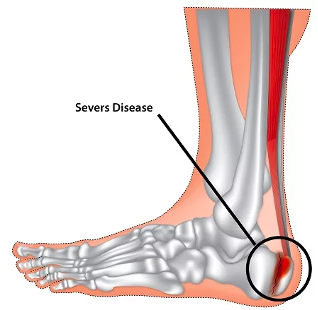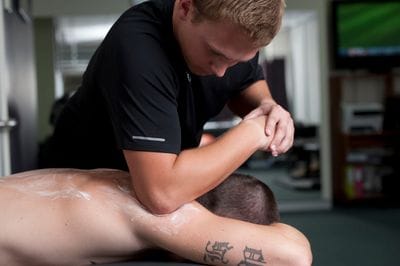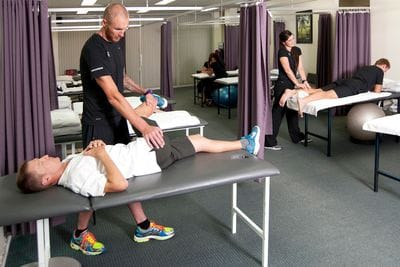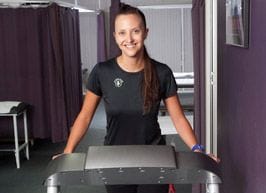Common Growth-Related InjuriesWritten on the 27 February 2023 by Active Body Physiotherapy During adolescence, growth spurts can cause a range of physical changes in children/teenagers. Whilst these changes are normal, it’s important that parents and their child/adolescent understand why these common growth-related injuries occur. Knowing how to reduce the risk of developing these conditions and/or knowing how treat them if they do occur, will allow the child/adolescent to continue participating in their sports and hobbies and reduce time spent sitting on the side-lines.
Most growth-related injuries tend to occur in children and teens who live highly active lifestyles. These are considered overuse or overload injuries, which means that frequent jumping, landing, sprinting, and pivoting or a sudden increase in load (amount of training/activity) can place continued stress and traction on tendons and where they attach on the bone (the growth plates). Additionally, as a child begins to develop, the muscles and tendons become tighter as they adapt to the bone’s growth, which can lead to pain at these same points. These growth-related conditions are most commonly seen in the knee and ankle.
The three most common growth-related injuries are:
Osgood Schlatter Disease
Sinding-Larsen-Johansson Syndrome
Sever’s Disease
Prevention and treatment? There is little evidence to suggest that growth-related injuries can be prevented. However, there is plenty that can be done to potentially reduce the risk of these conditions developing. It's important to understand that these injuries/conditions will generally resolve once the child has stopped growing (however, they may come and go through the years, at times of growth). They commonly occur after a quick increase in load/activity- for example at the start of the school year and/or sports season, when they have perhaps gone from doing very little physical activity to suddenly having 3 training sessions per week plus matches, plus school, school sport and other activities.
If your child/adolescent does have pain, it's important to manage the amount of activity and sport they are participating in, to allow the pain to settle. A physiotherapist can also provide soft tissue massage, taping, and a structured exercise program to help reduce symptoms and facilitate a gradual return to sport.
If this sounds like your child/you, come in to see us at Active Body and we can help get you (your child) back to pain-free participation, in the sport/activity they love, as soon as possible!
Author:Active Body Physiotherapy |
Exercise Physiology
Individualised and structured exercise programs, specialised in return from injury, athletes or individuals wanting to improve performance, strength, power, speed, endurance, flexibility and/or overall lifestyle.









